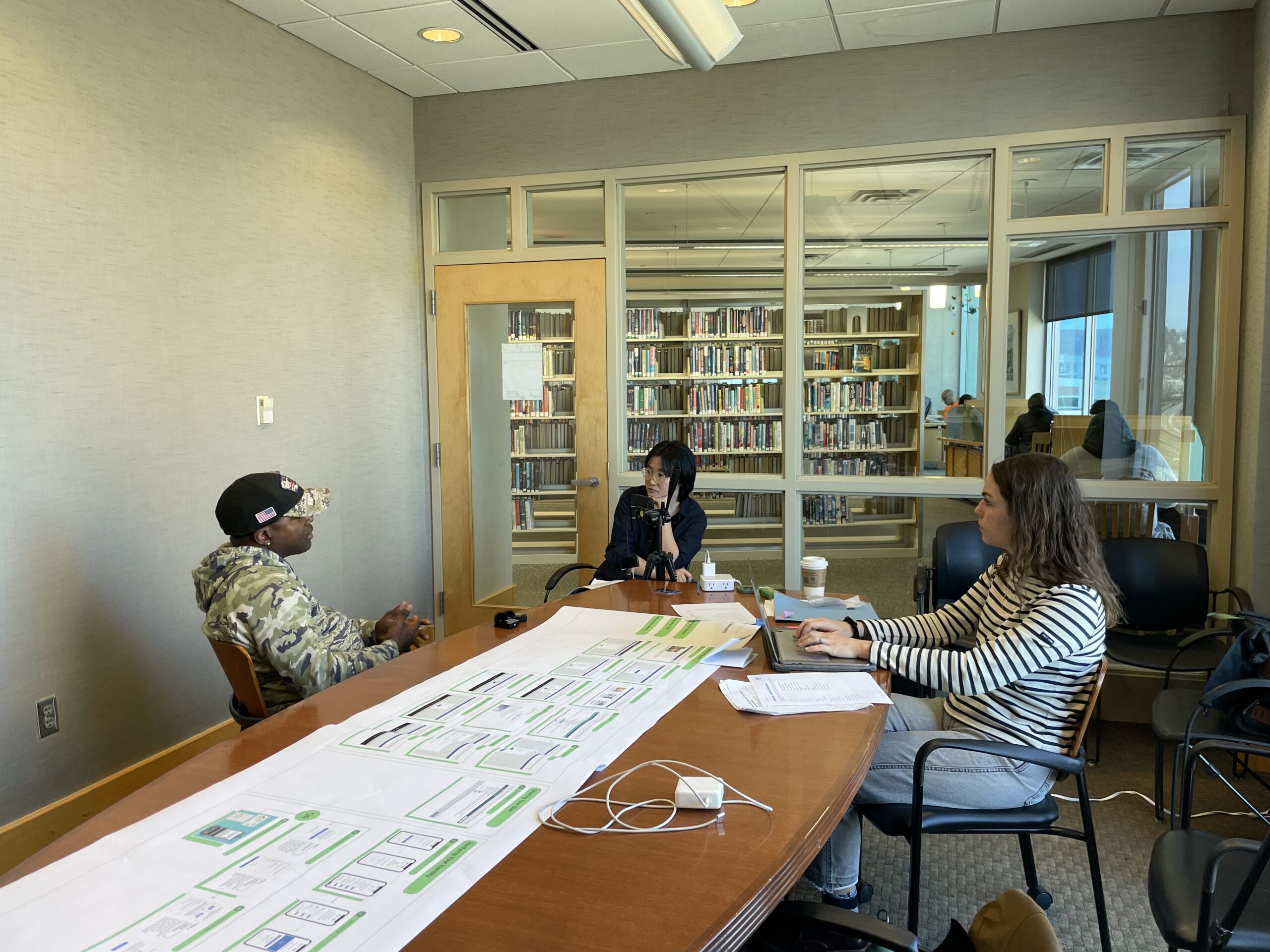

When people across the United States apply for public benefits online, they may be asked to create a username and account, and in some cases, prove who they are by verifying their identity. “Digital identity” refers to the ways someone represents themself online while “identity proofing” gives a service or system confidence that a person is who they say they are. When implementing identity management approaches, public benefits administrators must balance security with accessibility, ensuring verification and account requirements don’t create unnecessary barriers. Digital identity tools can affect service access, raise equity and data privacy concerns, and impact staff workload.
Since 2022, the Digital Benefits Network (DBN), a project of the Beeck Center for Social Impact + Innovation at Georgetown University, has been providing research and resources about how identity proofing and authentication practices are integrated into online public benefits applications in the U.S. In 2025, the Public Policy Lab collaborated with the DBN to conduct human-centered research with beneficiaries across the United States. Throughout research, we collected multimedia stories from our participants and developed a short video of meaningful footage. These insights and multimedia stories will be featured in a DBN report on digital identity system improvement and disseminate to the public.


States
Participants
Data Points
During research, we engaged 33 participants across Boston, Massachusetts; Phoenix and Tucson, Arizona; and Yonkers, New York. We spoke to people who have recently applied online for programs like Medicaid, SNAP, and Unemployment Insurance (UI). We also spoke with subject matter experts, including legal aid staff, and librarians who often assist folks in benefits access. These interviews were conducted with the support of CBOs, libraries, and non-profits who opened up their spaces to us.
We honed in on four key inquiry areas: access, consent, support, and trust.
During interviews, we used design stimuli to aid our conversation. These included a journey map of benefits portal screens to visualize the account creation, log-in and, when relevant, identity proofing steps across Medicaid, SNAP, and UI for each state. This visualization helped jog participants’ memories and ground the conversation in specific features. From our interviews, we collected 700+ noteworthy data units, which we collected into a scrubbed and tagged research repository.

Research Using Design Stimuli
A PPL researcher facilitates an interview using design stimuli. Stimuli included stills from benefits application webpages to prompt discussion and reflection.
In September 2025, the Digital Benefits Network (DBN) released a full-length report synthesizing learnings and recommendations based on this research. The final report uses photos, quotes, and video material to help audiences hear directly from beneficiaries about their experiences. In the words of DBN, “to build digital identity processes that are truly secure and inclusive, we must first understand who is struggling, how, and why.”
Read the full report here.
The report identifies four primary themes and related takeaways.
In response to these findings, DBN issued recommendations across three areas:
Build trust: Increase transparency and offer human support to help beneficiaries navigate digital identity requirements confidently.
Improve account creation and authentication: Use risk-based approaches to deploy accounts where needed, support strong authentication practices, and help users make secure choices without getting locked out.
Carefully evaluate identity proofing: Design identity proofing approaches that meet program needs, and the diverse capabilities, access levels, and life experiences of the people using them.
PPL is a tax-exempt 501(c)(3)
nonprofit organization.
info@publicpolicylab.org
+1 646 535 6535
20 Jay Street, Suite 203
Brooklyn, NY 11201
We'd love to hear more. Send us a note and we'll be in touch.
We're currently seeking applications for a Graduate Summer Intern. If interested, learn more about the role here.
To hear about future job announcements, follow us on Instagram, Twitter, Threads, and LinkedIn or subscribe to our newsletter.
Enter your email below to subscribe to our occasional newsletter.
Wondering what you’ve missed?
Check out our
The Public Policy Lab is a tax-exempt
501(c)(3) nonprofit organization.
Donate now to support our work; your
gift is tax-deductible as allowed by law.